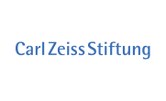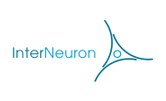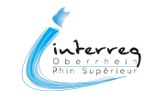Hannah Haberkern: Stability of a neural compass in dynamic, naturalistic environments
| When |
Mar 22, 2022
from 05:15 PM to 06:00 PM |
|---|---|
| Where | Bernstein Center, Lecture Hall, Ground Floor, Hansastr. 9a |
| Contact Name | Fiona Siegfried |
| Add event to calendar |
|
Hybrid Format!
Abstract
Tracking heading direction within an environment is a fundamental requirement for flexible, goal-directed navigation. In insects, a conserved brain region called the central complex creates a head direction representation that acts like a neural compass and that can guide the animal’s movements. In fruit flies, we can monitor this compass circuitry using two-photon calcium imaging of genetically targeted neuron populations in head-fixed animals behaving in virtual reality (VR). Using this approach, it has been shown that the insect head direction representation is updated based on self-motion cues and external sensory information. Thus far, mechanisms for updating the fly’s neural compass using external sensory information has mainly been studied in relatively simple VR settings that give flies control over the angular position of static sensory environments.
Under natural settings, however, sensory signals used by an animal to orient may temporarily disappear, for example when clouds hide the sun. Further, when moving through an environment, prominent landmarks can move independently from the from animal’s changes in head direction due to motion parallax, creating potentially conflicting stimuli. Based on connectomic analysis of the fly’s central complex circuitry, I identified potential circuit motifs for selecting and combining sensory cues to generate a head direction estimate in complex, multimodal environments. To test some of these predictions, I developed a VR system for flies based on the unity game engine.
This VR system allowed me to monitor the fly’s compass circuitry using calcium imaging, while the animal navigates in cluttered, immersive environments with approachable local landmarks. I characterized the stability of the fly’s neural compass in different sensory environments and describe conditions under which flies can form a consistent HD estimate – a requirement for goal-directed navigation over extended periods of time. Going forward, I aim to link the dynamics of the HD representation to the processing and representation of sensory inputs.
About the speaker and her research
The talk will take place in the lecture hall (ground floor), Bernstein Center, Hansastr. 9a.
You can also join by Zoom. Meeting ID and password will be sent with e-mail invitation.
You can also contact Fiona Siegfried for Meeting ID and password.






